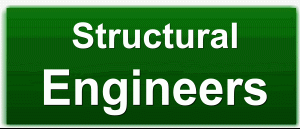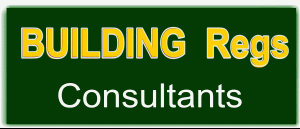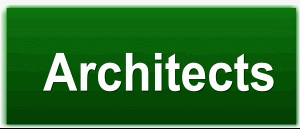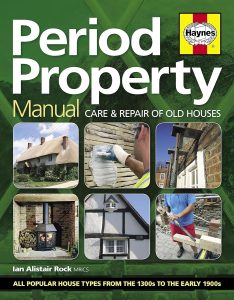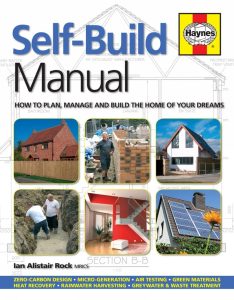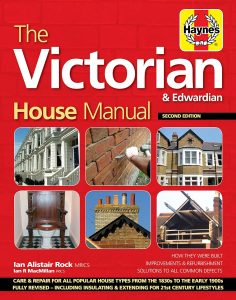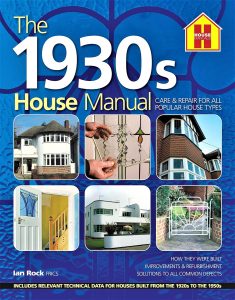HOME EXTENSION.com
SUCCESSFULLY EXTENDING YOUR HOME
Fireplace construction
Since Victorian times, there have been strict regulations governing the construction of fireplaces.
It had been discovered from bitter experience (The 1666 Great Fire of London etc) that without such precautions hot coals and burning logs falling from merrily blazing fires could, rather inconveniently, set fire to nearby timber floors.
Although it is unlikely that your new fireplace will be built into anything other than a concrete ground floor, the rules still apply since combustible floor coverings meeting the hearth can very easily be set ablaze.
So current Building Regulations are reasonably rigorous in anything to do with fire safety.
Briefly, the Building Regulations require:-
- construction from non combustible materials
- a sufficient supply of air for combustion and for the flue to work efficiently
- the safe escape of fumes and exhaust gases to the outside
Obviously it is fairly sensible to stipulate that fireplaces should be constructed from materials that protect your home from catching fire and burning down.
In practice the main danger area is to the room immediately in front of the fireplace.
This means that the hearth to the floor at the front of the fireplace must be at least 125mm thick, and made of an inert non-combustible material, such as concrete, brick or stone.
The hearth should project no less than 600mm beyond the front of the fire opening, extending around the side returns to 150mm or more.
The dark art of chimney and flue design can be surprisingly complex.
Building a traditional open fire, or fitting a new heating appliance, means checking the implications for the flue, which must be the correct type for the fire.
Essentially, in order to get a flue to draw properly a good supply of air is needed from the bottom, with small air bricks or pipes to outside.
At the other end, the chimney pots need to be positioned clear of obstructions (such as the nearby roof ridge) to allow a reasonable flow of wind.
As everyone knows, gas appliances must only be fitted by a competent Gas Safe registered engineer and solid fuel appliances by a HETAS registered engineer.
But it is only commonsense that any new heating appliance regardless of fuel type should be fitted by someone who knows what they are doing, and is suitably qualified to prove it.

